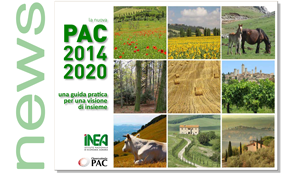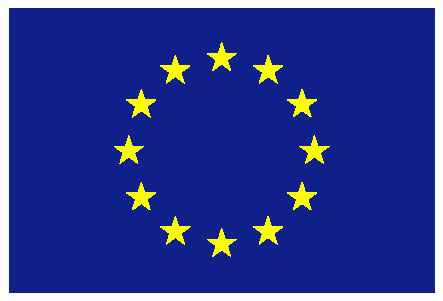 ANALYSIS OF THE AGRICULTURAL POLICY
ANALYSIS OF THE AGRICULTURAL POLICY
Ex-INEA, CREA-PB today, has developed over the years a valid and recognized experience in the analysis of agricultural policies that revolve around them.
Further to the vast experience gained at national and regional level INEA, has gained a rich experience participating in projects to evaluate economic policies of the European Community.
All of that has been possible through collaborations with other institutions and agencies such as universities, national and international research institutes etc.
INEA's research includes projects, studies and technical assistance and activities related to institutional issues of international negotiations (WTO, multilateralism, bilateralism, preferential agreements), the Common Agricultural Policy (CAP analysis tools, paths of reform, the impact of European policies on Italian agriculture), the choices of national and regional policy (national implementation of the instruments of the CAP, sector plans), and public spending on agriculture.
The institute's area of research also includes analysis and evaluation of agricultural policies for the Commission and the European Parliament, national and international research projects, analysis and research activities for the Ministry of Agriculture, and other institutions aimed at evaluating national and regional policies in support of primary sector and rural areas.
A practical guide for an unique overall view Active farmers, the convergence of direct payments and the regionalization process, greening, risk management, review of disadvantaged areas, integration of the Structural Funds and innovation needs. These are just some of the "keywords" of the new CAP, whose political agreement has been closed, on June 26, 2013, after a long debate lasted about two years, which was followed in December by the approval of regulations of reference. The book is a reference tool in the form of glossary, explains the main changes introduced by the CAP reform, with reference both to the first to the second pillar of the CAP, with a particular attention to the tools of interest for our country and for both choices to be made to outline the national variations of the CAP in the near future.













